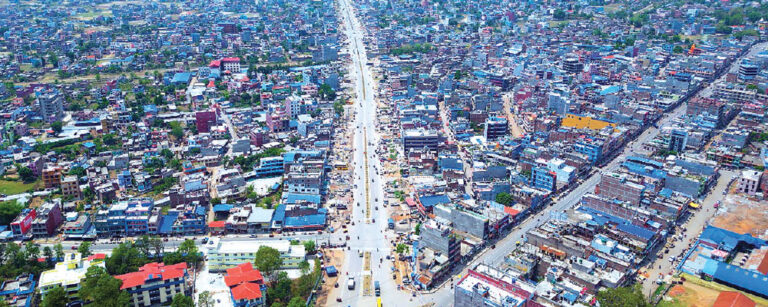A Traveler’s Haven: Unveiling the Wonders
Introduction: Diving Into the Heart of Sindhuli District
A place of pure serenity, Sindhuli District is more than just a geographic region nestled in Nepal‘s Bagmati Province. It’s a canvas painted with the vibrant colors of natural beauty, rich history, and enthralling culture. Like a book yet to be read, the District’s mystique invites every traveler to unfold its pages, one after another.

The allure of Sindhuli is deep-rooted in its geography. Stretching over an area of 2,491 square kilometers, this district teems with a diverse landscape, a mix of the low-lying Terai plains and the mid-hills of the Mahabharat range. Sindhuli’s geographical grandeur is also reflected in its biodiverse flora and fauna. It’s not uncommon to find yourself sharing a moment with the local wildlife while traversing its picturesque trails.
Enriching the natural splendor of Sindhuli is its unique blend of old-world charm and contemporary lifestyle. The district exudes a rustic charm through its historical sites and local traditions. Stories of yesteryears echo through the ruins of ancient monuments and the local folklore. Simultaneously, the pulse of modernity beats in Sindhuli’s vibrant marketplaces, local schools, and infrastructural developments.
The cultural tapestry of Sindhuli is rich and colorful, woven together by the diverse communities residing in harmony. The district is a home to a variety of ethnic groups, each bringing forth their distinct traditions, festivals, cuisines, and languages. This diversity breathes life into Sindhuli’s social fabric, making it a living museum of cultural exploration.

Sindhuli District is a world in itself, waiting to be discovered. The people, their warm smiles, the timeless stories, the serenity of its landscapes, and the rhythm of its culture—each forms an integral part of the Sindhuli narrative. As we embark on this journey through Sindhuli, be ready to weave your own stories into this enchanting tapestry.
Geographical Wonders and Neighborhood Charms
A land of contrast, Sindhuli District, gracefully perched between the districts of Ramechhap to the north, Okhaldhunga to the northeast, Udayapur to the east, Kavrepalanchok to northwest, Makwanpur to the west, Rautahat to the southwest and Sarlahi, Dhanusha and Mahottari to the south, presents an inviting tableau of nature’s artistry. With an incredible assortment of geographical features, Sindhuli is where Mother Nature has generously sprinkled her best elements.

At the heart of Sindhuli lies the flatlands of the Terai plains, an expansive green carpet that stretches as far as the eye can see. These fertile plains are a patchwork of lush paddy fields, interspersed with dense clusters of Sal forests and vibrant floral landscapes. Amidst this sea of greenery, myriad rivers and streams wind their way through, nurturing the fertile lands and adding an aquatic charm to the terrestrial expanse.
Ascending from the plains, the landscape dramatically transforms into the rugged hilly terrains of the Mahabharat Range. The hills of Sindhuli, shrouded in emerald green forests, offer the perfect escape for nature enthusiasts and solitude seekers. These hilly terrains are punctuated with winding trails, leading the curious explorer to breathtaking viewpoints, quaint hamlets, and serene spots of natural beauty.
As for the climate, Sindhuli experiences a harmonious blend of temperate and sub-tropical weather, making it a year-round destination. In the plains, the weather is typically warm with balmy winds, whereas the hills provide a cooler retreat. The monsoons bless Sindhuli with a fresh burst of greenery, transforming it into a verdant paradise, while the winters unveil a different facet of its beauty, with misty mornings and crisp, clear days.
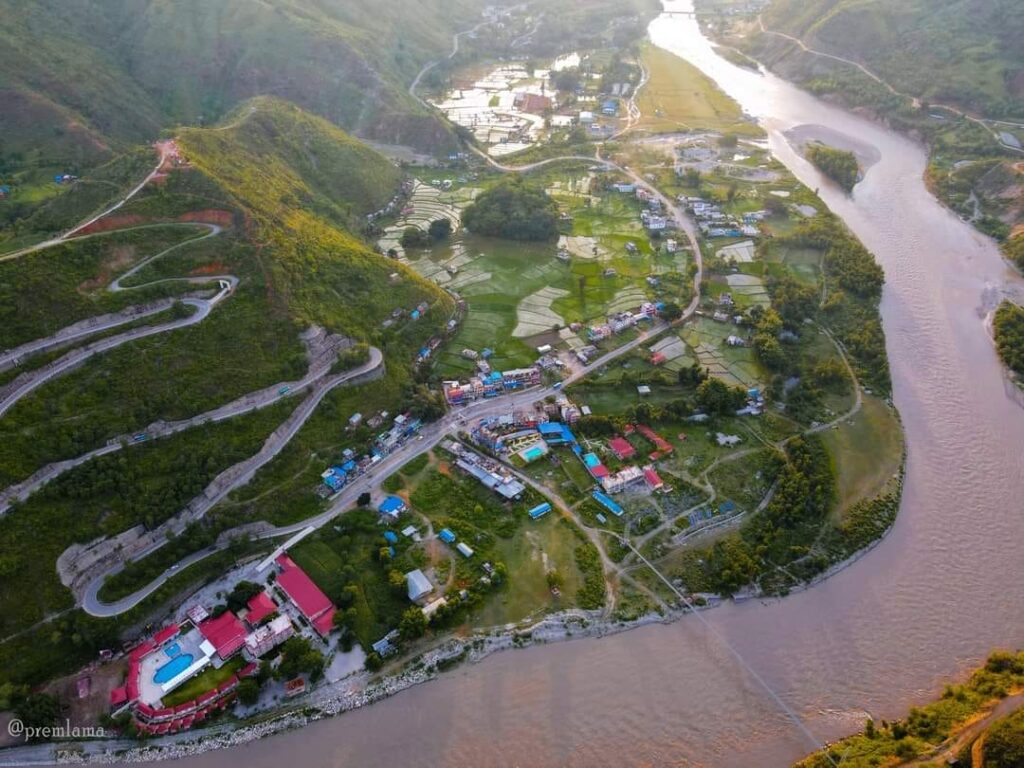
The neighbourhood districts of Ramechhap and Mahottari, each with its unique attractions and characteristics, add another layer to Sindhuli’s allure. The terraced farms of Ramechhap and Mahottari’s vibrant cultural landscape are equally inviting, offering more reasons to extend your journey in this region.
From the flat, fertile plains to the rolling hills and the neighboring charms, Sindhuli District stands as a testament to Nepal’s geographical diversity and natural allure.
A Melting Pot of Cultures
Sindhuli District isn’t merely a geographical entity; it’s a vibrant cultural mosaic where numerous ethnic groups co-exist, each contributing its unique thread to the district’s intricate cultural tapestry. Amongst these, the Tamang, Newar, Brahmin, and Chhetri communities form a significant part of the population. Yet, every community, no matter how small, has its role in crafting the cultural landscape of Sindhuli.
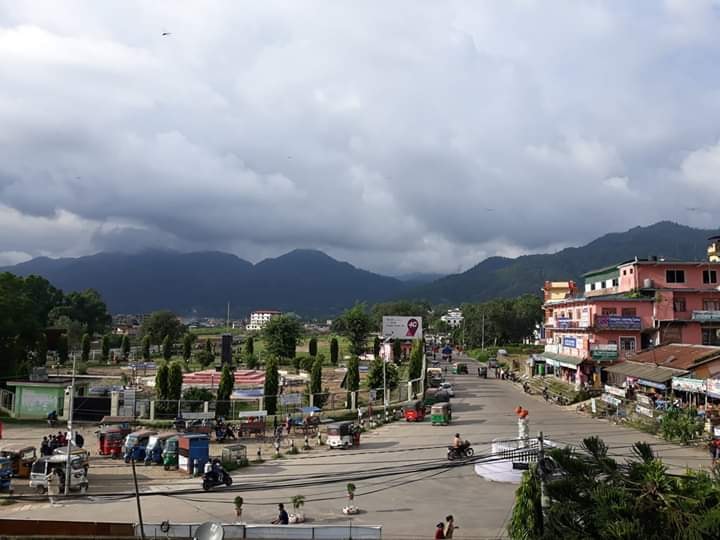
The Tamang community, known for their rich craftsmanship and vibrant Tamang Ghedung festival, add a brilliant splash of colour and rhythm to Sindhuli’s cultural life. The Newar community, on the other hand, brings forth their architectural genius and gastronomical delights, enriching the district’s aesthetic and culinary scenes.
The Brahmin and Chhetri communities, traditionally recognized for their scholarly pursuits, hold a special place in Sindhuli’s cultural matrix. Their religious rituals, philosophical discourses, and literary contributions greatly influence the social and cultural milieu of the district.

The primary language of communication across these communities is Nepali, serving as a bridge between various ethnicities. However, the music of local dialects – Tamang, Newar, Maithili, and others – add to the linguistic richness of Sindhuli. Each dialect is a repository of unique folk tales, proverbs, and idioms, narrating the stories of their respective communities.
Reflecting the district’s emphasis on education, Sindhuli boasts a literacy rate of around 65%. Schools dot the landscape of the district, ensuring that every child has access to quality education. Efforts towards adult education and vocational training are also underway, driving the literacy rate upwards and opening new avenues of growth for the residents.
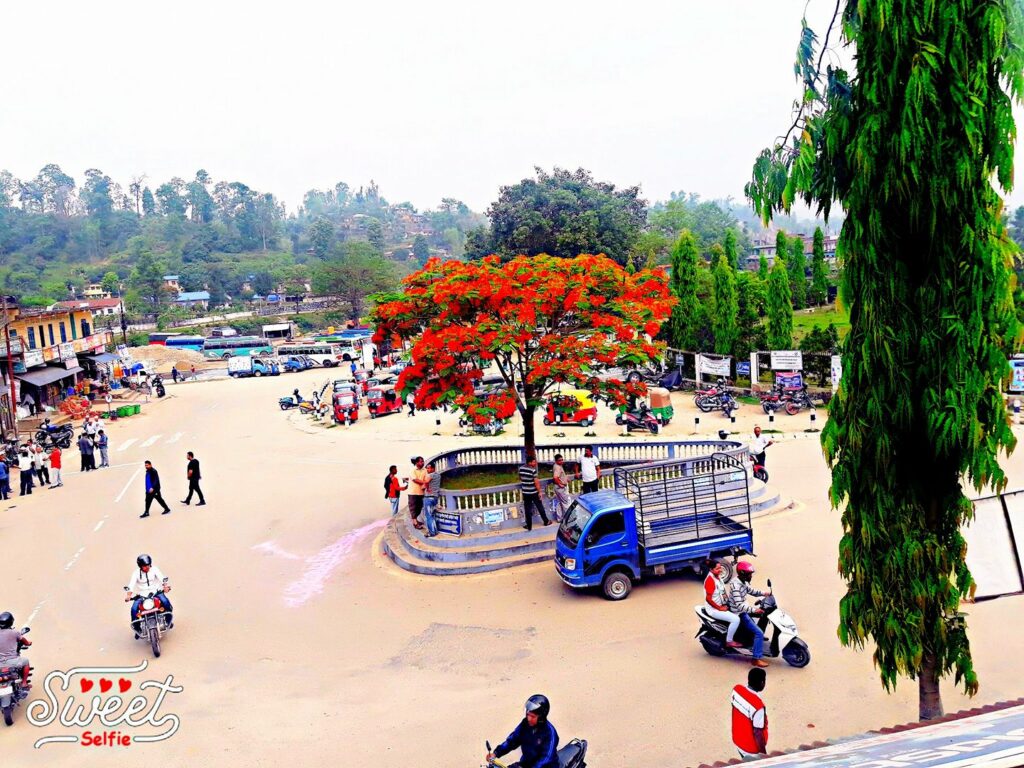
Every festival, every ritual, every folk song, and every tale spun in the local dialects come together to shape the cultural panorama of Sindhuli. As a melting pot of cultures, Sindhuli beckons travelers to dive deep into its cultural depths and emerge enriched with unforgettable experiences.
Experience the Spirit of Sindhuli
Embracing Sindhuli is akin to immersing yourself in a captivating narrative, where each nook and cranny whispers a unique tale. At the heart of the district, the headquarters, Kamalamai, pulsates with the rhythm of everyday life. The local markets brim with colorful produce and handicrafts, each item narrating a tale of the land and its people. The eateries serve traditional delicacies, their flavors imbued with the district’s cultural essence. The streets echo with conversations in the local dialects, the lively chatter of the locals bringing a human touch to the ancient stones.
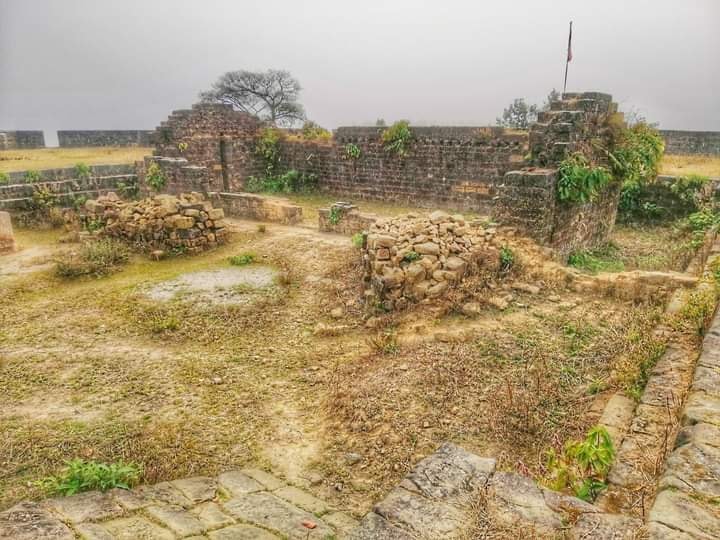
- For those interested in administrative matters, the Sindhuli district operates under the oversight of nine local governments. These are Kamalamai, Dudhauli, Golanjor, Ghyanglekh, Hariharpurgadhi, Marin, Sunkoshi, Phikkal and Tinpatan.
Each plays a crucial role in maintaining harmony and driving progress across the district. From implementing developmental policies to preserving the cultural heritage, their functions are diverse and integral to the district’s growth.
Main Attractions
As you delve deeper into Sindhuli, you discover attractions that resonate with the district’s spirit.
- Sidhha Baba Mandir: This revered shrine holds a special place in the hearts of the locals. Legend says the temple was founded after a divine dream and ever since, it has been a symbol of faith and hope. The serene ambiance of the temple, coupled with its spiritual significance, makes it a must-visit.
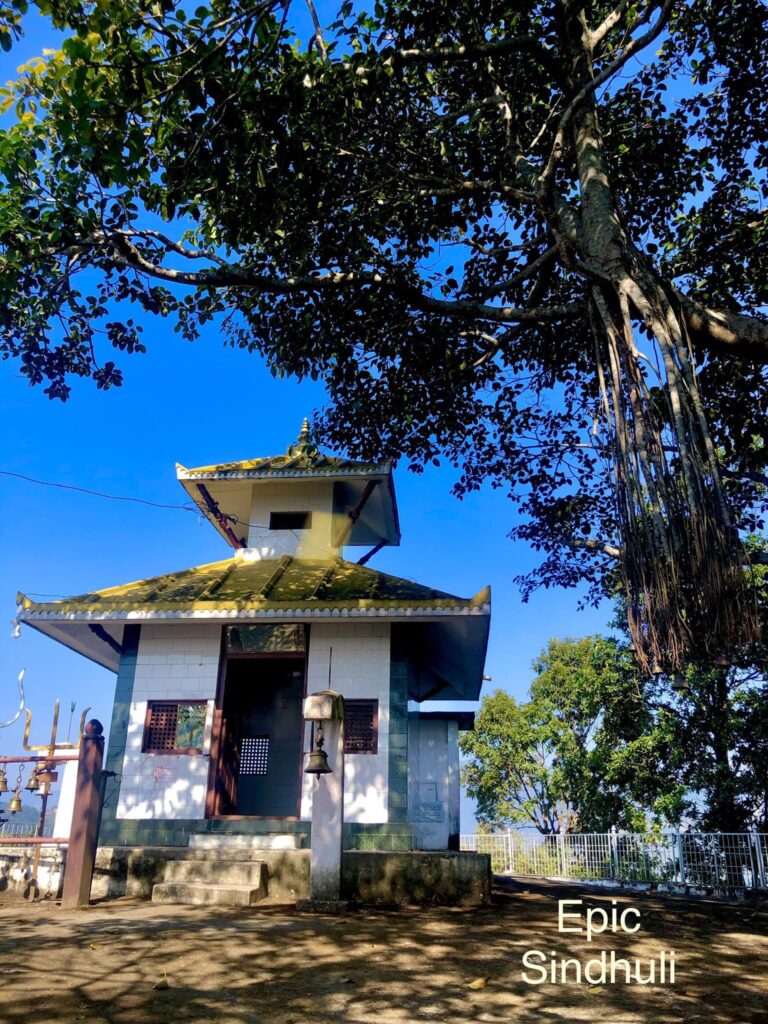
- Marin Khola Hydropower Project: Sindhuli’s commitment to sustainable development is exemplified by the Marin Khola Hydropower Project. This initiative not only powers local homes but also stands as a testament to the district’s progress. A visit to the project provides an insightful understanding of how modernity is being harmoniously woven into the district’s fabric.
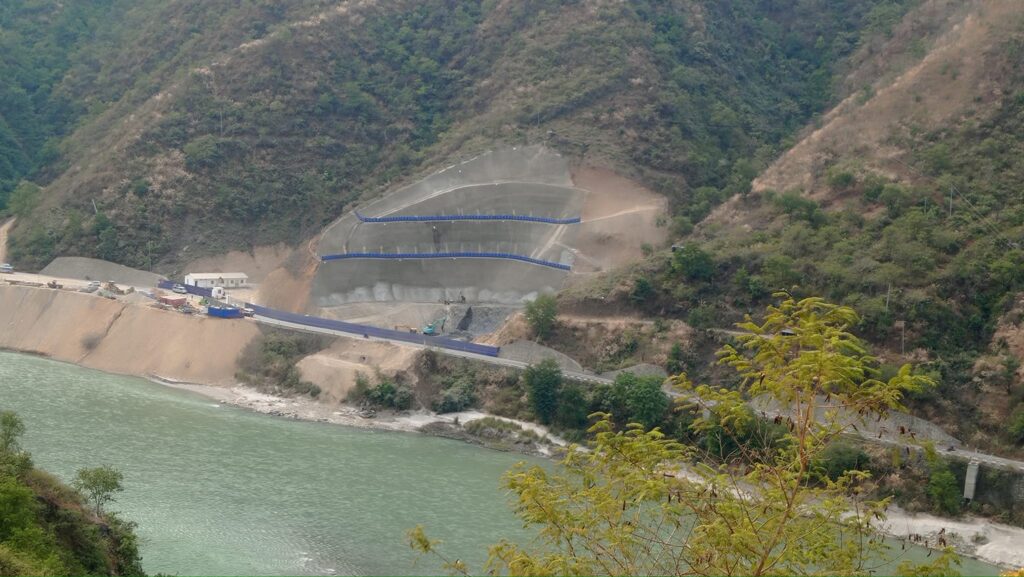
- Kamalamai Temple: Named after the district headquarters, Kamalamai Temple is a place of spiritual and historical significance. Its ancient architecture holds stories from the past, and the spiritual aura infuses peace into the visitors. The temple’s annual fair is a vibrant spectacle, making it an attraction worth witnessing.

- Sindhuli Gadhi: It is one of the most historical and ancient place which was a war zone between the Gurkhas and the British army. It is located in the height of hill which was beneficial to the Gurkhas as it made them easier to attack against the invader. They won the war by using different technique and troops, the scene which is seen from the height is so much eye catchy which you can see in the photo and video as well.
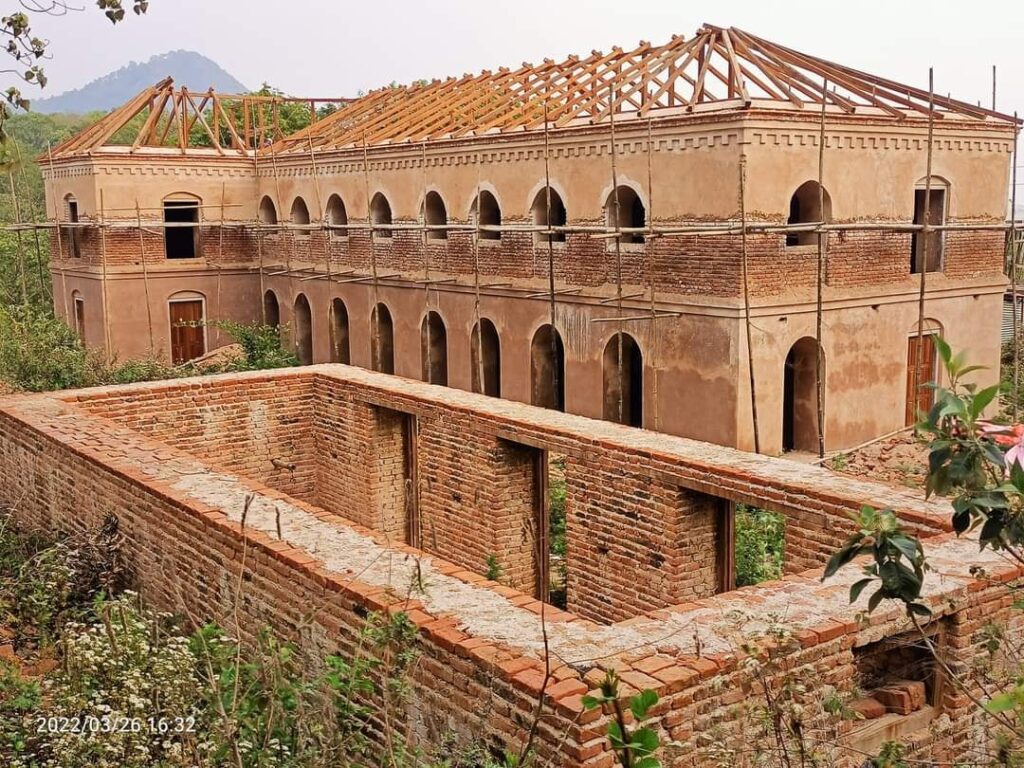
Each attraction in Sindhuli has a story to tell – a story of faith, progress, heritage, or natural beauty. As you traverse through the district, these stories slowly unravel, allowing you to experience the spirit of Sindhuli in its truest form.

A Personal Touch to Your Sindhuli Visit
The first time I set foot in Sindhuli, the district’s heartwarming hospitality had me hooked. The vibrant colors of the Tamang Ghedung festival, the rich aroma of local delicacies, and the tranquil sunrise over the Sunkoshi River have etched an indelible mark on my memory. I guarantee you’ll leave Sindhuli with a piece of it etched onto your heart, too.
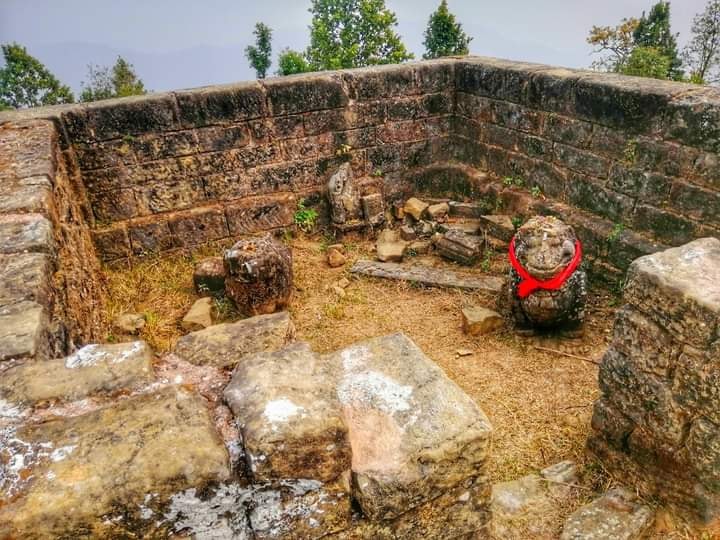
Conclusion: As we wind down our journey through Sindhuli District, it’s clear that this treasure trove offers more than just a peek into Nepal’s heart. Whether you’re a history buff, a culture enthusiast, or a nature lover, Sindhuli District invites you with open arms to lose yourself in its enchanting beauty and discover the many surprises it holds. Pack your bags and get ready to create unforgettable memories in Sindhuli!
FAQs
Due to its temperate climate, Sindhuli is welcoming year-round. However, October to March can be particularly pleasant.
Definitely try dal bhat tarkari, a local staple. For sweet lovers, the sel roti is a must-try!
Sindhuli is well-connected via roadways. From Kathmandu, it is approximately a 5-hour drive.
While Nepali is predominantly spoken, you can also hear Maithili and Tamang.
From experiencing local festivals to exploring historical sites, Sindhuli offers a variety of unique experiences.
More…
If you know any more places where we can visit or any other information then feel free to comment of message us.
To read about different places visit thesandeshneupane.com you can find article in Nepali language here.
Watch videos of different places on YouTube channel named as THE SANDESH NEUPANE or click here.
All the photo copyright to the respective owner. For any querry or anything related to copyright mail me with proof at sandesh@thesandeshneupane.com or admin@thesandeshneupane.com .






